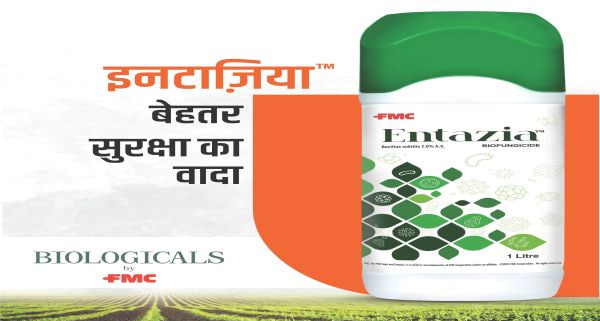Free Courses Sale ends Soon, Get It Now


Free Courses Sale ends Soon, Get It Now



Copyright infringement not intended
Picture Courtesy: www.indianchemicalnews.com
Context: FMC India unveiled ENTAZIA biofungicide, its newest product in the market. ENTAZIA biofungicide is an innovative biological crop protection product that contains Bacillus Subtilis, a beneficial bacterium that can suppress fungal pathogens.
ENTAZIA
About
|
Biofungicide
Key characteristics and components of biofungicides:
The use of biofungicides aligns with the broader goals of sustainable agriculture and reducing the environmental impact of conventional farming practices. It offers an alternative approach to disease control while minimizing the potential negative consequences associated with the use of chemical fungicides. |
Advantages of ENTAZIA
Control of Bacterial Leaf Blight
Activation of Crop's Defense System
Promotion of Natural Pest Defense
Enhancement of Plant Microbiome
Integration with Pest Management
Summary
|
PRACTICE QUESTION Q. The term “ENTAZIA” was frequently seen in the news, it is related with: A) Malware B) Ancient Tamil Script C) Biofungicide D) Programming language Answer: C |
© 2024 iasgyan. All right reserved